Tag: PEEP
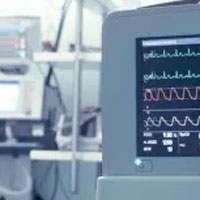
Driving Pressure in Airway Pressure Release Ventilation: a fool’s errand?
In this post I will briefly explain and critique their mathematical approach, propose a simpler equation for estimating PEEPi in APRV [based on far fewer physiological assumptions] and finally reaffirm why, in my opinion,... read more
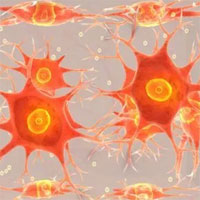
Neuromuscular Blockade for ARDS Was No Help, In Supine Patients
Continuous neuromuscular blockade for severe ARDS became common practice after the ACURASYS trial showed it reduced mortality by an absolute 9%. A larger trial, ROSE, now finds no benefit of the therapy over usual care, but... read more
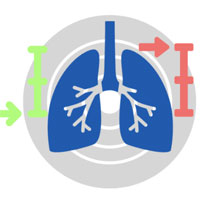
Tidal Volume Strategies for those without ARDS
This paper justifies utilizing a higher tidal volume strategy for our patients without primary ARDS/pulmonary disease. This can be very useful. Patient comfort and patient-ventilator synchrony are extremely important. This... read more

Applied Physiology at the Bedside: Volumetric Capnography
Volumetric capnography is the graphical representation of the partial pressure of carbon dioxide (CO2) versus exhaled volume. This measurement is made noninvasively at every breath by a combination of flow and CO2 sensors,... read more

Determination of Brain Death Under Extracorporeal Life Support
The worldwide use of extracorporeal lung/life support is increasing in severe lung failure (veno-venous extracorporeal membrane oxygenation, vvECMO) or in cardiac arrest/severe circulatory failure (veno-arterial ECMO, vaECMO).... read more
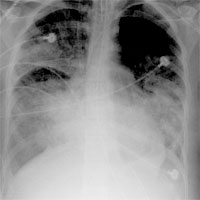
Effect of Titrating PEEP with Esophageal Pressure-Guided Strategy vs Empirical High PEEP-Fio2 Strategy on Death and Days Free From Mechanical Ventilation Among Patients With ARDS
Among patients with moderate to severe Acute Respiratory Distress Syndrome (ARDS), PES-guided positive end-expiratory pressure (PEEP), compared with empirical high PEEP-Fio2, resulted in no significant difference in death... read more

The Shocked Intubation: Definitive Airway Sans Hypotension
Not many aspects of Emergency Medicine define our specialty better than resuscitation, and few concepts exemplify resuscitation better than shock and intubation. Yet few words together strike greater fear in the minds of... read more
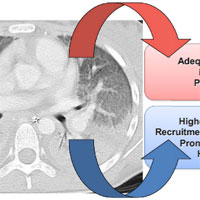
Adjunct and Rescue Therapies for Refractory Hypoxemia
Prone position, inhaled nitric oxide, high frequency oscillation, extra corporeal life support. The mortality of severe acute respiratory distress syndrome (ARDS), defined with a PaO2/FiO2 ratio of 100 mmHg... read more

Prone Positioning for a Morbidly Obese Patient with ARDS
Since the description in the 1970s of external positive end-expiratory pressure for acute respiratory distress syndrome (ARDS), the optimum level of external positive end-expiratory pressure remains unresolved. In the 1990s,... read more
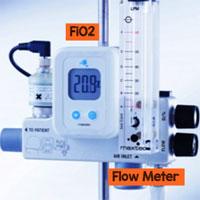
High Flow Nasal Cannula (HFNC) – Part 1: How It Works
The use of heated and humidified high flow nasal cannula (HFNC) has become increasingly popular in the treatment of patients with acute respiratory failure through all age groups. I first started using it as a pediatric intensive... read more
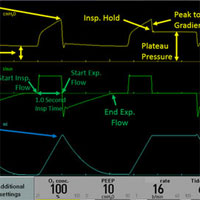
Oxygenate, Ventilate, Do No Harm
Emergency physicians (EPs) are experts in emergent airway management and thus must be confident managing mechanical ventilation. Hospital-wide bed shortages mean that EPs will be managing admitted patients for longer periods... read more

Effect of Decompressive Laparotomy on Organ Function in Patients with Abdominal Compartment Syndrome
Decompressive laparotomy has been advised as potential treatment for abdominal compartment syndrome (ACS) when medical management fails; yet, the effect on parameters of organ function differs markedly in the published literature.... read more

Positive End-Expiratory Pressure Lower Than the ARDS Network Protocol Is Associated with Higher Pediatric ARDS Mortality
Patients with PARDS managed with lower PEEP relative to FiO2 than recommended by the ARDSNet model had higher mortality. Clinical trials targeting PEEP management in PARDS are needed. This was a multicenter, retrospective... read more

Neurally adjusted ventilatory assist
Several studies nowadays prove the physiological benefits of neurally adjusted ventilatory assist, as opposed to the conventional modes of partial support. Whether these advantages translate into improvement of clinical outcomes... read more




